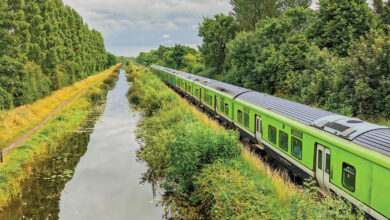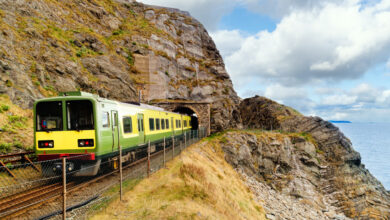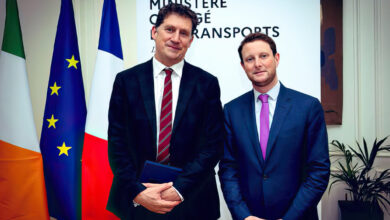A single public water utility to secure future growth
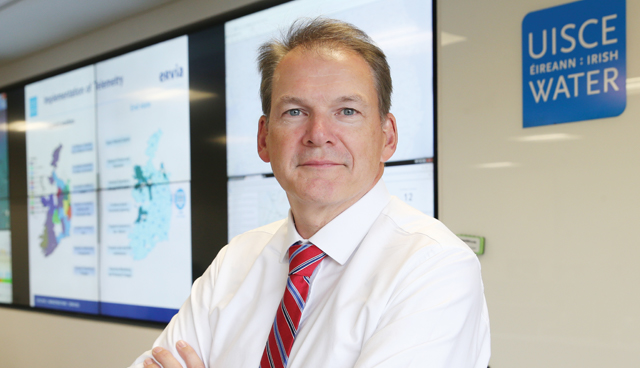
Seven years into its existence, Irish Water faces into a significant decade as the country deals with ageing infrastructure and increased water demand. Managing Director Niall Gleeson discusses these challenges and the importance of water to supporting Ireland’s economic growth with eolas.
Ireland’s public water infrastructure has suffered from inconsistent investment and a service delivery model that made it very difficult for local authorities to plan and deliver long-term improvements over recent decades. The repair and upgrading of Irish Water’s treatment plants and networks requires a multi-billion-euro investment programme over many years. The government established single public water utility has built on the capability and expertise developed in local authorities over many years along with wider water sector and utility expertise from Ireland and elsewhere. Its long-term plans to upgrade and develop water infrastructure extend to 2030 and beyond. Significant continued investment is still required to support the economy and protect the environment.
With a portfolio of more than 400 capital projects and 40 national programmes, €3.9 billion investment to date and a further projected spend of €5 billion up to 2024, Irish Water has been exceptionally busy across its brief. “Managing this scale of investment is a big responsibility; the procurement process, how we deal with our supply chain and ensuring we deliver our projects is a huge body of work,” Gleeson says.
“Irish Water is spending upwards of €800 million annually on capital projects, which is an enormous amount of money to manage. The structures we have in place are good and robust. With projects this complex we are constantly learning, and we continue to improve our ability to forecast and balance our portfolios. This is a huge undertaking that requires a lot of focus internally and externally.”
The utility has achieved a lot in seven years with 174 drinking water schemes removed from the EPA Remedial Action List between 2014 and 2019, 47 water treatment plants and 101 wastewater treatment plants built or upgraded, 15 areas that had no wastewater treatment connected to new plants, improvements were completed on a further 35 areas and 1,905km of water mains and 220km of sewers were laid or repaired.
Yet there is much left to do, not least the urgent need to address leakage rates around the country. Leakage stands at 42 per cent nationally and 37 per cent in the Greater Dublin Area. “There are very few other industries where you could accept 42 per cent of your product going down the drain, literally,” Gleeson says. “That is not where we should be but it’s due to lack of investment over many years. In the past, water was cheap to produce and it was less expensive to produce more water than fix the leaks. That has turned on its head now because demands are so high.”
€400 million was invested in leakage reduction between 2016 and 2019, and a further €500 million will be invested between 2020 and 2024 on works that combine mains replacement, pressure management, valve and meter replacement, targeted leak repairs and data improvements to achieve maximum savings. “We need to focus on the infrastructure and on new supply, but we also need to get the leakage rate down,” Gleeson expands. “We’re targeting around 20 per cent in the next 10 years, which for a country with our Victorian infrastructure, is a reasonable standard, but it’s a massive ask and spend.”
“This makes it very tricky when you don’t have a lot of spending flexibility from year to year. “We are planning a five-year programme and need to be able to manage a five-year budget to deliver our projects. We cannot divert capital investment to deal with emerging needs and government funding comes in the form of an annual budget. Multi-year budgets, or even a 10 per cent plus or minus allowance, would allow us to carry over projects, deal with emerging needs and keep committed projects moving. I understand the concern around keeping budgets on track, but we are regulated by the CRU who oversee our spending. As long as we get the strategic funding plan allowance numbers, we will work with that,” he explains.
The current structure for service delivery is not as efficient as it could be, Gleeson says. Completing the transformation of Irish Water to a standalone single public water utility, in line with government policy, is critical to the successful delivery of Irish Water’s operations and investment, Gleeson says. “Irish Water manages day-to-day operations through 31 service level agreements (SLAs) with local authorities that ensure we have continued to provide service to our customers since 2014 due to the dedicated people working in local authorities and in Irish Water,” he said. “Operating under this structure has become more difficult over time as we face increased operational challenges to improve and expand water services. Irish Water is one step removed from the direct delivery of the service which makes it more difficult to have a standard approach meaning operations are less effective and efficient than they could be.
“Irish Water has a strong relationship with its local authority partners who have continued to deliver services during Covid-19 restrictions. Gleeson says however that the full transformation to a single public utility would benefit all involved: “The SLAs have their limitations both in terms of operations and opportunities for Local Authority staff. We know there are vast inconsistencies around how things have been done before. Having a single efficient way of doing things led through a single utility capability means we can implement standard procedures, we know what’s happening across the sites, we can be consistent and more efficient.
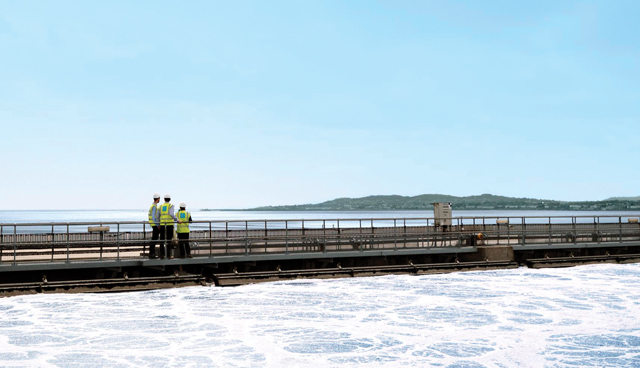
“Consistency and certainty of funding are key to delivering our investment plans.”
“The single public utility is also a good opportunity for local authority staff to develop their careers in water services,” Gleeson explains. “We want to provide better training, apprenticeship programmes specific to water, diplomas and master’s degrees, but that will only really come about when we can operate as a single utility. Irish Water is separating from its parent company Ervia and we are continuing to engage with all relevant stakeholders through the Workplace Relations Commission to progress the full transfer of day to day operations into Irish Water over time,” he says.
Concluding, Gleeson re-emphasises: “Given the critical dependence of our economy on water services, we have to manage the demands of a growing economy while keeping our existing assets working well. Investment takes time to deliver and we still have challenges in many parts of the country. Consistency and certainty of funding are key to delivering our investment plans and uncertainty adds challenge when managing such a large project portfolio. We will continue to build and enhance our supply chain competency, with a particular focus on on-site safety. We are an open organisation and these challenges provide an opportunity to learn and improve. We will keep learning and keep improving but remain focussed on our responsibility to deliver the services and investment the country is depending on.”
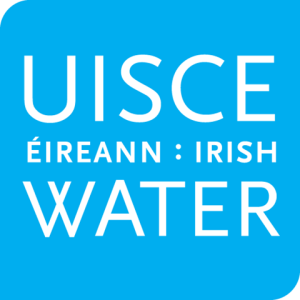
W: www.water.ie
Twitter: @irishwater
Facebook: Irish Water Uisce Éireann
LinkedIn: Irish Water

